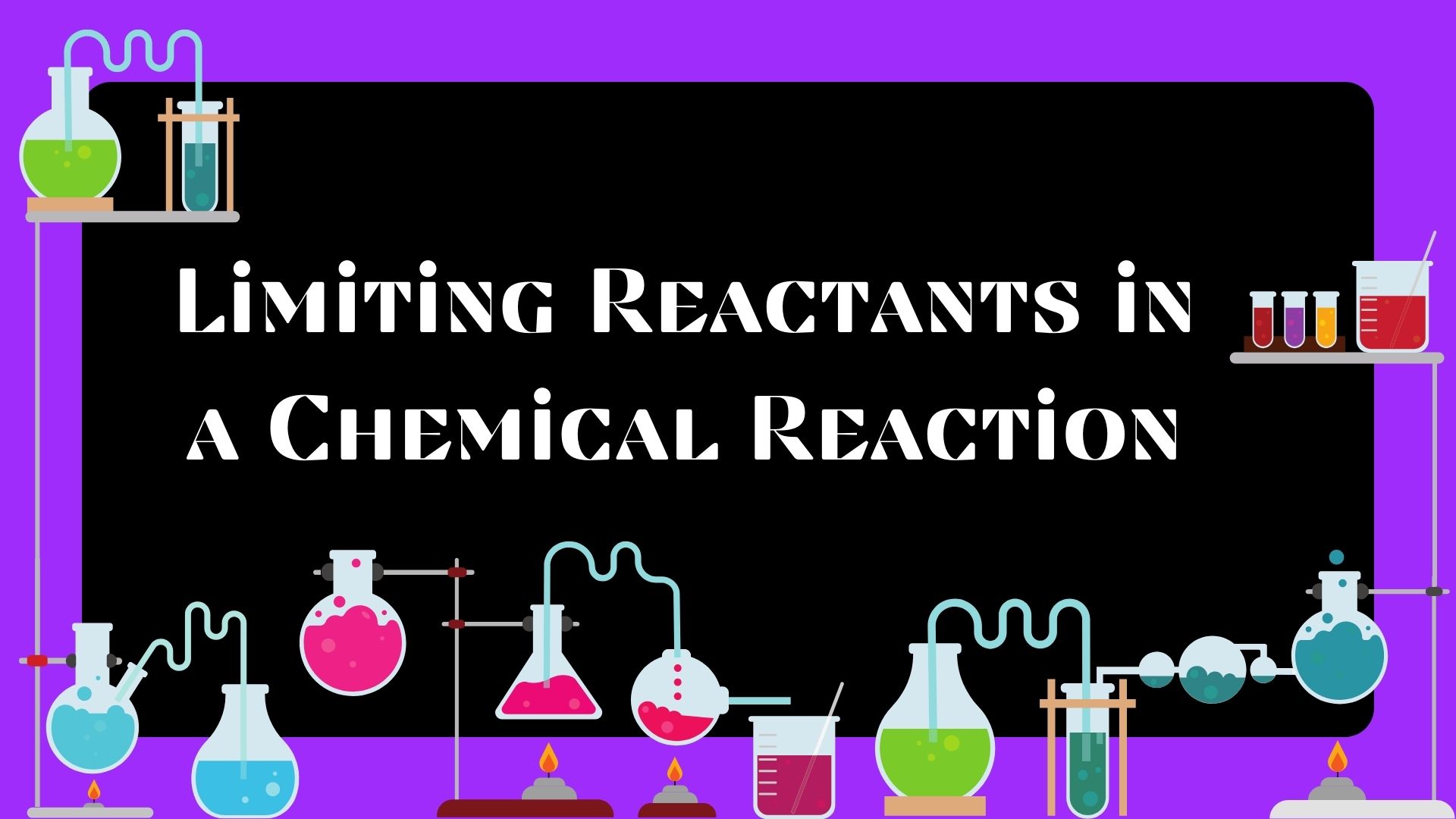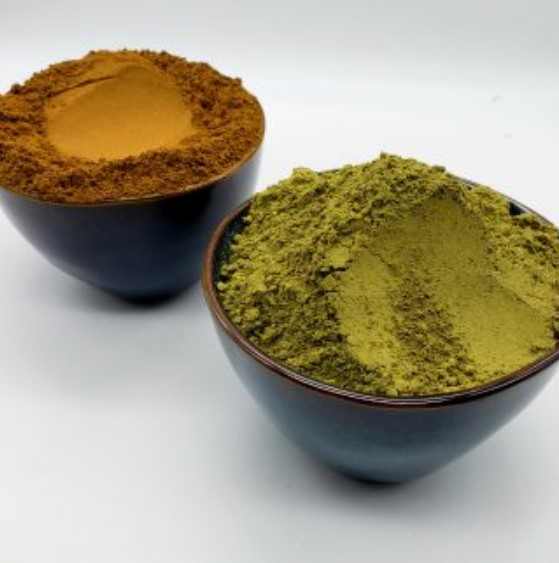
Suppose you have ten sandwich bread and nine fillings. How many sandwiches could you prepare? Only nine! Since you won’t have another filling to fill up in the tenth bread and cannot complete ten sandwiches.
As the number of fillings limits the total number of sandwiches we made, fillings are the limiting reactant here. Similarly, in chemical reactions, the reactant that is present in the least amount and stops the formation of the product further is called the limiting reactant.
To determine the theoretical yield, we utilize the entity of limiting reactants. For this purpose, we figure out the amount of product (theoretically) that would be formed when all limiting reactants will be consumed fully during the reaction. Such as in the example given above, the theoretical yield in nine sandwiches.
Eventually, by using the value of theoretical yield and the actual yield, we calculate the percent yield of the reaction. Thus, it is the limiting reactant upon which our entire stoichiometric calculations are based on. The question that arises here is how would you calculate the limiting reactant in a chemical reaction? So lets discuss it
Finding the limiting reactant
Using mole ratio
In the first method, we use the mole ratio of reactants and compare them to identify the limiting reactant. For doing so, you need to follow these simple steps
- Balance the chemical equation for the given chemical reaction.
- If the number of reactants is given in mass, convert it into the moles using the conversion factor; molar mass as
1 mole/molar mass × given mass
- Use the number of moles to find out the mole ratio and compare this calculated mole ratio to the actual one and you’ll get the limiting reactant.
Let’s clear our concept further with the help of an example.
Calculate the amount of carbon dioxide formed during the respiration reaction between 40g of oxygen and 25g of glucose.
As step 1, we need to get a balanced chemical equation for this respiration reaction that would be as follows
C6H12O6 + 6O2 – – – > 6CO2 + 6H2O
In step 2, we need to convert the mass into the number of moles using the formula given above such as
1mole/180.06× 25g = 0.1388 mol of glucose
1mole/32g × 40g = 1.25 mol of oxygen
In step 3, we’ll find the mole ratio of each reactant by assuming it as a limiting reagent such as
If oxygen is limiting reagent in this reaction, it means all the 1.25 moles of it consumed completely on reacting with six moles of glucose as follows
1.25 moles of oxygen × 1 mol of glucose/6 moles of oxygen = 0.208 mol of glucose left
If glucose is a limiting reagent in this reaction, it means all the 0.1388 moles of it consumed on reacting with six moles of oxygen such as
0.1388 moles of glucose × 6 moles of oxygen/1 moles of glucose = 0.8328 moles of oxygen left
Now compare the mole ratios
0.8328 Oxygen/0.208 glucose = 4.004
As it’s clear from the mole fraction that glucose is the limiting reagent here, now use this value of limiting reagent to calculate the theoretical yield of carbon dioxide such as
The mole ratio of glucose × 6/1 = 0.8328 moles of carbon dioxide
Using the amount of product
This method of calculating the limiting reactant is not as common as that of using mole fractions but it also gives authentic answers. The steps it involves are as follows
- Balance the given chemical equation of the reaction
- If reactants are given in masses, convert them into moles
- Use the stoichiometric calculations for reactants and calculate the mass of product formed by each reactant
- Look for the reactant that produced less product because it would be the limiting reagent. You can also revert the technique and find out the reactant produces more products.
In addition to these methods, you can also use the technique of calculating the number of reactants A required to fully consume the reactant B. If reactant B is still available after the complete consumption of A, it means reactant A is the limiting reagent and vice versa. This method is usually preferred to find limiting reactants in the reactions that involve only two reactants.
So here we have learned about the limiting reactants in the chemical reaction. Stay tuned with USA Business insurance for more knowledge and learning.




